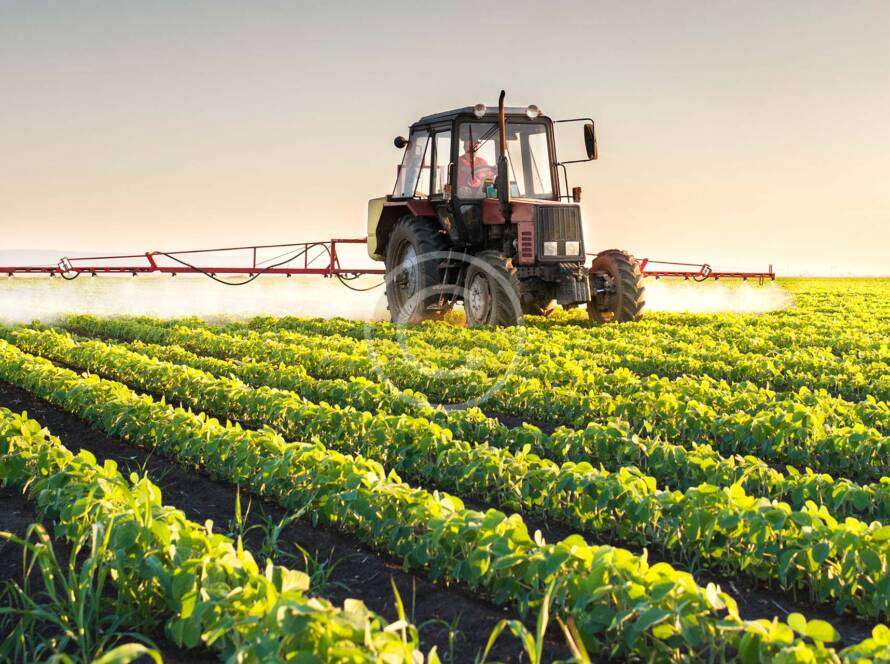Digitalizing production in farming offers numerous benefits that can significantly improve efficiency, sustainability, and profitability. Here are several key reasons why farmers should consider digitalizing their production processes:
1. Precision Farming
-
Data-Driven Decision Making: Digital tools enable farmers to collect, analyze, and interpret data from various sources such as soil sensors, weather stations, and crop health monitors. This data helps in making precise decisions regarding planting, irrigation, fertilization, and pest management.
-
Variable Rate Technology (VRT): VRT allows for the precise application of inputs (e.g., fertilizers, pesticides) based on real-time data and specific crop requirements. This reduces input wastage, optimizes resource use, and improves crop yields.
2. Optimized Resource Management
-
Water Efficiency: Digital sensors and irrigation systems can monitor soil moisture levels and automate irrigation schedules. This ensures crops receive the right amount of water at the right time, reducing water waste and promoting healthier plants.
-
Fertilizer Management: Soil testing combined with digital tools can provide insights into soil nutrient levels. Farmers can then tailor fertilizer applications accordingly, minimizing over-application and nutrient runoff.
3. Enhanced Crop Monitoring and Health
-
Remote Sensing Technologies: Drones and satellites equipped with sensors capture high-resolution images of fields. This allows farmers to monitor crop health, detect pest infestations, and identify areas needing attention early on.
-
Disease and Pest Management: Early detection through digital monitoring systems enables prompt intervention, reducing the spread of diseases and minimizing crop losses. Integrated Pest Management (IPM) strategies can be more effectively implemented with digital tools.
4. Labor Efficiency
-
Automated Systems: Automation of tasks such as planting, harvesting, and sorting reduces labor costs and dependency on seasonal labor. Automated machinery can operate with precision, increasing operational efficiency.
-
Data-Driven Work Planning: Digital platforms can help optimize labor scheduling and task allocation based on real-time data and forecasts. This ensures tasks are completed efficiently and on schedule.
5. Market Access and Compliance
-
Traceability and Compliance: Digital records enable farmers to track and trace produce throughout the supply chain, ensuring compliance with food safety standards and certifications (e.g., organic, fair trade).
-
Market Insights: Access to digital marketplaces and platforms allows farmers to connect directly with buyers, negotiate prices, and access broader markets. Real-time market information helps in making informed marketing decisions.
6. Sustainability and Environmental Impact
-
Reduced Chemical Use: Precision application of inputs minimizes the use of fertilizers, pesticides, and herbicides, reducing environmental impact and promoting sustainable farming practices.
-
Soil Health: Digital tools help monitor soil health parameters over time, enabling farmers to implement practices that improve soil fertility, structure, and resilience.
7. Risk Management
-
Weather Forecasting: Digital weather stations provide accurate forecasts, helping farmers plan operations around weather patterns to mitigate risks associated with adverse weather events.
-
Financial Planning: Data analytics and predictive models based on digital data assist in financial planning, risk assessment, and crop insurance decisions, improving overall farm resilience.
8. Continuous Improvement and Innovation
-
Data Analysis: Long-term data collection and analysis facilitate continuous improvement in farming practices. Farmers can identify trends, evaluate the effectiveness of strategies, and adopt innovations that enhance productivity and sustainability.
-
Research and Collaboration: Digital platforms enable collaboration with researchers, agronomists, and other experts. This fosters knowledge sharing, innovation, and adoption of cutting-edge technologies in agriculture.
Conclusion
Digitalizing production in agriculture offers transformative advantages across various aspects of farm management. From precision farming and optimized resource management to enhanced crop monitoring, labor efficiency, and market access, digital tools empower farmers to make informed decisions, improve productivity, and sustainably meet growing food demands. Embracing digital technologies not only enhances farm profitability but also contributes to environmental stewardship and resilience in the face of changing agricultural landscapes.



